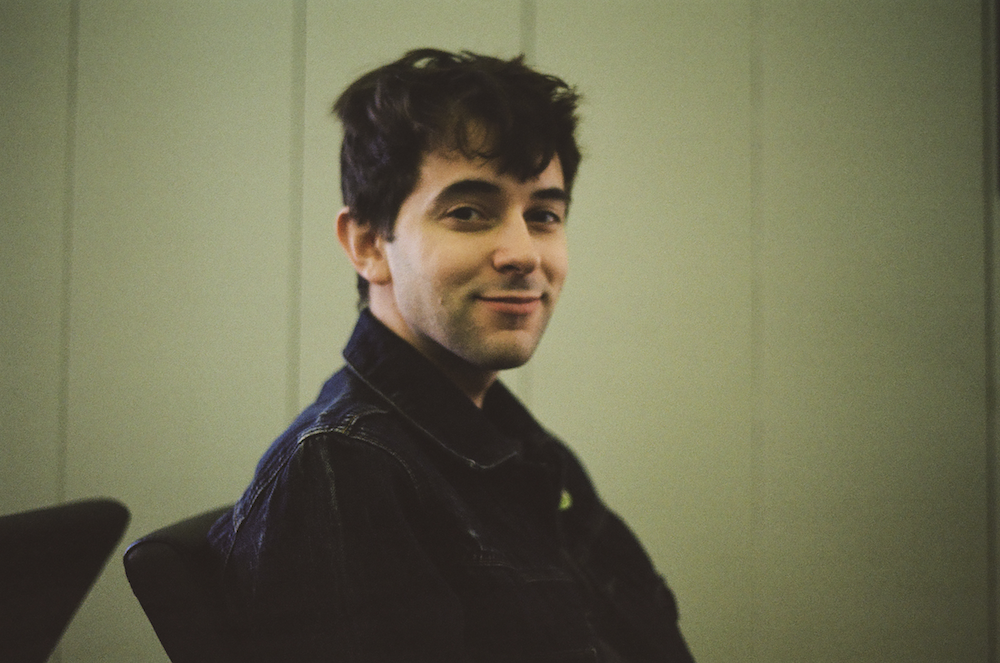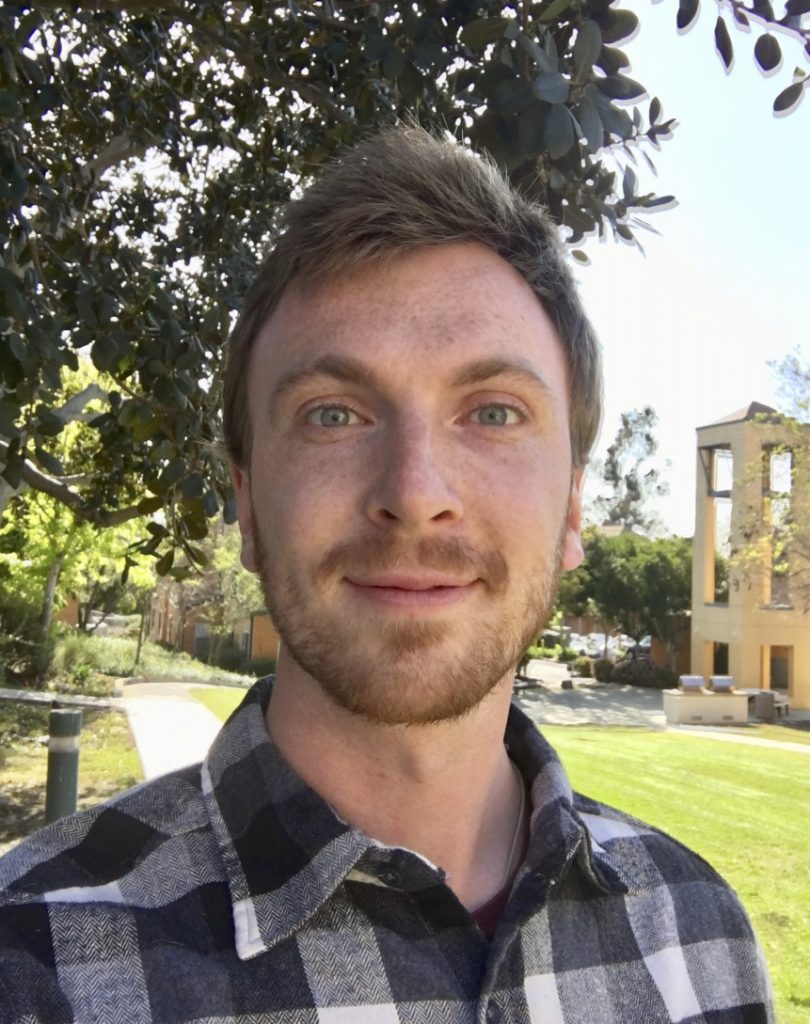
” . . . it’s heartening to know how thoughtfully submissions are handled at NER and other journals.”
Tell us a little bit about yourself. Where are you from and what do you do when you’re not reading for NER?
I live in Omaha, Nebraska, and I just started a new job as the content creator for Omaha Performing Arts. I write marketing materials and tell people why they should come see concerts and shows which is a pretty sweet gig! I’m also a fiction writer working on my own writing and editing the online lit mag Random Sample Review.
What made you decide to be a reader for NER, and how long have you been on staff?
I started reading for NER in 2018! I fell in love with literary journals in college and worked for The Iowa Review as an intern and then as an editor at Anomalous Press. Especially after college, it was a great way to keep tapped into the literary community no matter what I was doing for my day job. I took a break while I got my MFA but then I really missed reading submissions! A friend from my program who was reading for NER recommended that I get involved, and it’s been such a wonderful experience.
Have you ever read a submission that later got selected for publication?
Yes! “The Corridor” by Ryan Eric Dull (NER 41.2).
What is your reading process like? What do you look for in a submission?
I only read one or two stories in a sitting. I try to be really aware of my own mood and mindset so that I’m giving every submission a fair chance and am not voting no just because I’m grumpy or need a snack. I look for stories that capture my attention and keep me reading and I do a lot of second or third reads depending on the story. There are so many that are promising but maybe need another few drafts, so I always try to leave a note to consider sending them an encouraging rejection, since as a writer I know what a world of difference that can make.
Of the pieces you’ve read at NER—whether in the magazine or among the submissions—which was your favorite or most memorable to you personally?
There’s an author who keeps submitting these fantastic stories about life after birds have gone extinct— but they keep getting accepted at other journals before we can accept them! Her first one that I read had an ending that lives rent-free in my mind; it was so gorgeous and right for the story.
How has reading for NER influenced your own writing/creative pursuits?
It helps me stay positive to know both sides of the submitting process. And it’s heartening to know how thoughtfully submissions are handled at NER and other journals.
What do you read for pleasure? Is there something you’re reading at the moment that you would recommend?
At the moment, I’m researching my novel in progress and reading a lot about horror and filmmaking. I love Stephen King’s essays on horror in Danse Macabre—he is such a generous teacher in his nonfiction (On Writing is also a favorite craft book of mine).
Our staff readers, all volunteers, play an essential role in our editorial process and in our mission to discover new voices in contemporary literature. A full list of staff readers is available on our masthead.

